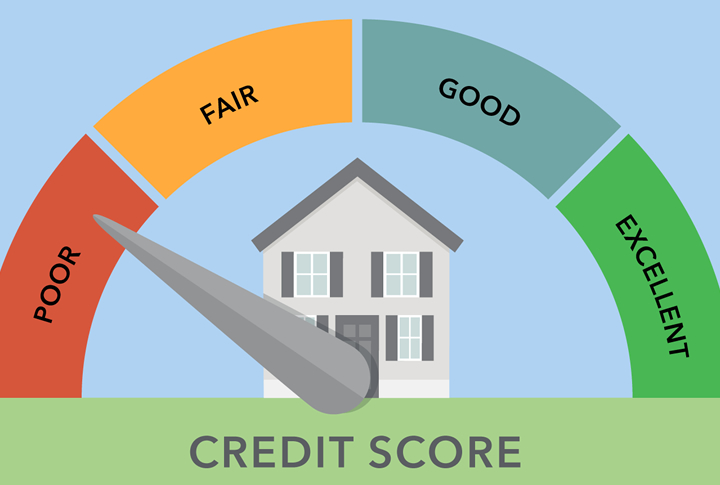Debt Financing Advantages and Disadvantages That Business Owners Must Know
A debt is when a person borrows money from an outside source and makes a promise to return the principal amount plus the agreed percentage of interest. This term has been marked as negative action in our society. However, startup companies often find that they must be in debt to finance their operations.
Given that some companies are already big, their balance sheets can typically include some level of debt. Debt can sometimes be called a “leverage” in finance. The most popular source of debt financing is banks. But it can also be issued by a family member, friends, or a private company.
Advantages
Maintain ownership: You will be obligated to make the agreed-upon payments on time, especially when you borrow money from a bank or another lender. However, that will be the end of your obligation. After, you will retain the right to run your business whichever way you want without outside interference.
Tax deductions: This is one of the reasons people are attracted to debt financing. In most of the cases, the interest and principal payments on business loans are noted as business expenses. Therefore, they can be deducted from the business income at tax time. One way to think about it is as if the government is your business partner. In this case, they have a 30 percent ownership stake or depending on what your agreed business tax rate is.

Lower interest rate: Examine the impact of the tax deduction on the interest rate of the bank. If the bank is charging you 10 percent for your loan and the government taxes you 30 percent, then it would be an advantage to take a loan that you can deduct.
Disadvantages
Repayment: The sole obligation that you have to the lender is to make your payments. But you will still have to make those payments regardless if your business will fail. The lenders will have a claim of the repayment before any equity investors if ever you are forced into bankruptcy.
High rates: Even if you already have calculated the discounted interest rate from your tax deductions, you might still have to face a high-interest rate. This is because it depends on the variations of the macroeconomic conditions, your business credit rating, your personal credit history, and your history with the bank.
Impacts on your credit rating: You might get used to getting debt financing whenever your firm needs money, which is a practice known as “levering up,” but each loan that you make will be noted on your credit report and affect your credit rating. The more that you borrow, the higher the risk it will be for the lender. So, you will be paying a higher interest rate on each of the subsequent loans.

Cash and collateral: If you plan to use the loan to invest in an important asset, you will have to make sure that your business will have sufficient cash flow by the due date of your repayment. Most likely, you will be asked to put up collateral to protect the lender if ever you failed to make a payment.
Alternatives
Equity financing: This process involves selling the shares of your company to interested investors or putting up your own money into the company.
Mezzanine financing: This type of debt offers businesses an unsecured debt, in which there is no collateral required. But in return, they will give you a high-interest rate, usually around 20 to 30 percent range. Also, the lender has the right to convert the debt into equity in the company if the company fails to pay.
Photo Sources: Electronicsb2b, Indonesiaforeigninvestments, Menafn
